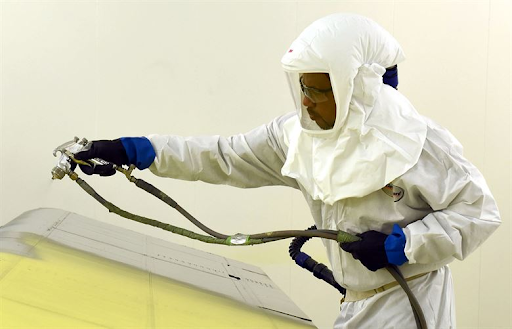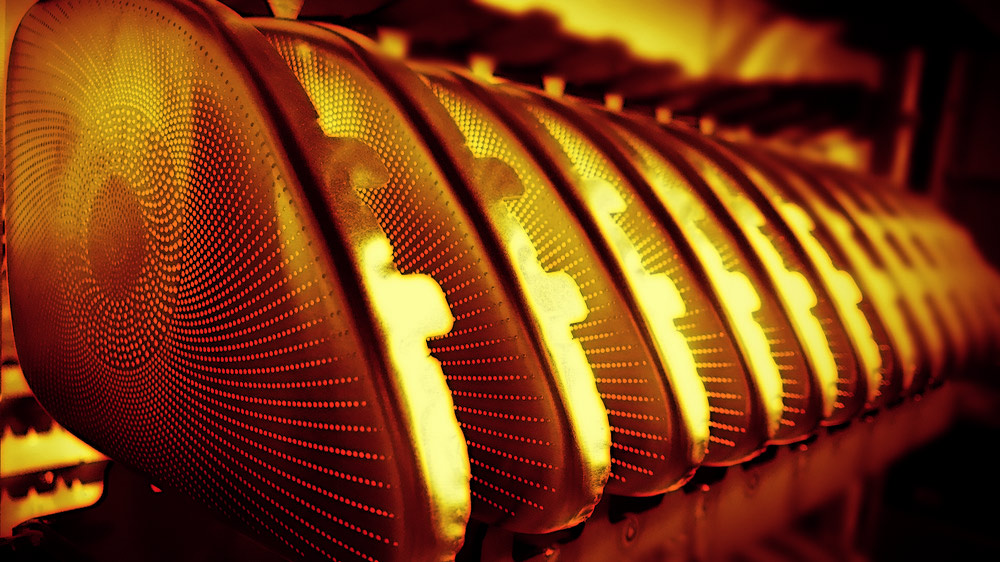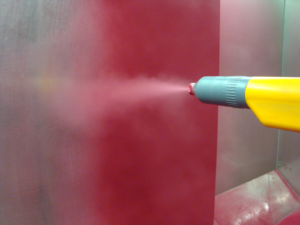Finish Options for Glazing: Paint, Anodize, Powder Coat – What’s the difference?
As a project manager you won’t have the option of selecting the type or color of the finish for your material. This will be handled by the architect and will be provided in the specifications. That being said, it is important for you to understand the differences, and what an architect may review and consider when picking a finish choice.
Typically, your material will either be painted or anodized, however, we are seeing powder coating becoming an option that is more available. The following is a quick synopsis of each option:
- Painting is an easy-to-understand process where a liquid is sprayed upon the bare metal surface of the extrusions.
- Anodizing (according to www.anodizing.org) is an electrochemical process that converts the metal surface into a decorative, durable, corrosion-resistant, anodic oxide finish.
- Powder Coating is applied as a free-flowing dry powder, applied electrostatically and then cured under heat
Depending upon the finish of your material, there are certain considerations to think about for your project. As with most choices an architect has to make, there are many factors to consider when making the choice of finish for the glazing frames.
Repairs, and touch ups: Paint can be touched up, field fixed, and re-coated for certain applications. Anodizing on the other hand cannot be fixed when scratched or damaged. Powder coating can only be touched up with paint unless you can remove the damaged piece and send it back to the finisher.
Longevity: The longevity of these options (many times) comes down to the location and application of the materials. For example, in abrasive conditions anodizing will last longer than paint or powder coating due to its hardness and wear resistance. For areas where corrosion is an issue, paint has more longevity and can be touched up when required.
Price: Anodizing is typically going to be the winner with a lower initial cost over paint or powder coat. This is evident when sticking with standard color choices from your manufacturer.
Specialty finishes: Many projects are being specified with specialized finishes and paint is the clear winner. You can utilize metallic paints, an endless amount of color variations and other variations that give an infinite amount of options to the architect. Sun storms, and silvers are very popular right now.
Other areas of interest for a project include LEED credits, the environment and VOC’s, warranty options, protection of finishes during construction to name a few. It is important as a project manager to understand that the selection of the finish is not as easy as picking a color and moving on, but hopefully a well thought out decision.

Most manufacturers have automated paint lines to finish their extrusions. Painting can release harmful compounds and proper safety equipment must be worn by all personnel. Environmental concerns are also becoming more prevalent and requiring manufacturers to install additional equipment to scrub the air they expel into the atmosphere.



